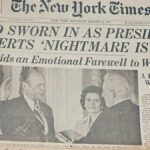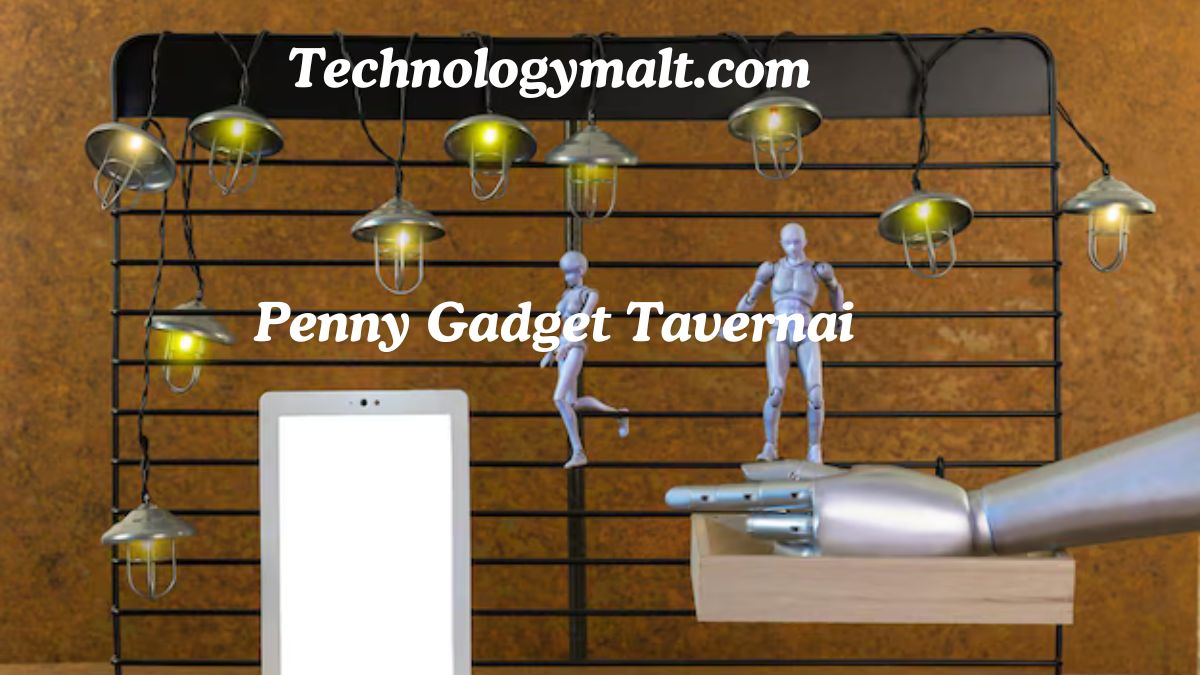The 1980s were a time of wild creativity, bold fashion, and groundbreaking shifts in popular culture. From the advent of neon-lit music videos on MTV to the emergence of rebellious street fashion, this decade was defined by its “totally rad” spirit. And in capturing the essence of this radical era, the New York Times, known for its sharp journalism and cultural critiques, played a pivotal role in chronicling the defining moments of the 80s. “Totally Rad NYT” was not just a passing phrase but a reflection of the larger-than-life attitude that the Times helped document and spread.
The Rise of Radical Style in the 80s
When you think about the 80s, one of the first images that come to mind is the fashion. “Totally Rad NYT” often highlighted the edgy and outlandish looks of the era, from vibrant neon windbreakers to high-waisted acid-washed jeans. Fashion designers like Jean-Paul Gaultier and Vivienne Westwood were pushing boundaries, and their rebellious designs found an eager audience.
People were no longer afraid to express themselves through bold prints, oversized silhouettes, and accessories that screamed for attention. The iconic style of the 80s was loud and proud, with exaggerated elements such as shoulder pads and leg warmers becoming everyday wear. The New York Times covered this fashion revolution, noting how the streets of New York City became runways for individuals looking to challenge norms and embrace their radical spirit.
Neon, Spandex, and Leg Warmers: 80s Fashion Staples
If there was one thing that characterized 80s fashion, it was its love for neon. Everything from clothes to accessories had to be bright, and the louder the color, the better. People wore neon spandex, leg warmers, and scrunchies, creating a fun, carefree look that defined the decade. “Totally Rad NYT” reports from that era captured how this visual explosion of color was not just a fashion statement but a cultural one, with many expressing their individuality and breaking free from the rigid fashion norms of previous decades.
The Influence of MTV on Music and Pop Culture
MTV’s debut in 1981 revolutionized how people consumed music, propelling bands and solo artists into overnight stardom. It wasn’t just about the sound anymore; the look and feel of an artist’s music video could dictate their success. Acts like Madonna, Michael Jackson, and Prince crafted their identities visually as much as they did sonically, with their music videos becoming iconic cultural artifacts.
The New York Times covered this transformation extensively, often citing how “totally rad” the rise of these music videos was in shaping public perception. Madonna’s “Like a Virgin” video, for example, not only ignited conversations about the power of visual storytelling in music but also shifted the cultural landscape in ways that were considered radical at the time.
The Power of the Music Video
MTV didn’t just offer a platform for established stars; it helped create new ones. “Totally Rad NYT” reviews from the 80s show how music videos allowed musicians to become cultural influencers, merging fashion, music, and art in a way that had never been done before. Michael Jackson’s “Thriller” was more than a music video—it was a short film, and the groundbreaking special effects and choreography influenced generations of music lovers and filmmakers alike.
Skateboarding and the Rebellious Spirit
No article on the 80s would be complete without discussing the rise of skateboarding culture. For many teens in cities across America, skateboarding was more than just a sport—it was a lifestyle. The New York Times took notice, publishing numerous articles on the growing trend, often noting the “totally rad” vibe surrounding the movement. Skateboarding embodied the rebellious spirit of the 80s, a decade when breaking the rules was celebrated rather than shunned.
Skateboarding as a Cultural Movement
Skateboarders, dressed in baggy pants, graphic tees, and scuffed sneakers, didn’t care about fitting in. Instead, they carved their own paths, often literally, on the streets of their cities. “Totally Rad NYT” reports from that time highlighted how skate culture was spreading from Southern California to the rest of the world, becoming a global symbol of youth rebellion.
The Film and TV Influence: Why 80s Movies Were Totally Rad
Movies from the 80s were infused with an attitude that was undeniably “totally rad.” Films like Back to the Future, Ferris Bueller’s Day Off, and The Breakfast Club defined the era. They captured the angst, humor, and optimism of being young in a fast-changing world. The New York Times featured reviews of these iconic films, recognizing their cultural significance and their ability to resonate with audiences on a deep emotional level.
John Hughes and the Teen Revolution
No discussion of 80s cinema is complete without mentioning John Hughes. His films gave voice to a generation of teenagers who were trying to navigate the complexities of adolescence. The Breakfast Club was one such film, and it became a cultural touchstone for many young people who felt misunderstood or confined by societal expectations. “Totally Rad NYT” reviews of Hughes’ films often noted how they captured the spirit of the 80s, offering both a snapshot of the time and a timeless commentary on growing up.
Video Games: The Birth of a New Industry
The 1980s was also a decade that saw the rise of video games, which became a favorite pastime for many young people. Arcades were popping up everywhere, and at the same time, consoles like the Nintendo Entertainment System (NES) were transforming the way people played at home. Moreover, The New York Times covered this burgeoning industry, noting how it was a “totally rad” shift from traditional forms of entertainment such as board games and television. In addition, the rise of video games marked a significant cultural shift, ultimately changing how families and friends interacted during their leisure time.
The Arcade Scene
Arcades were cultural hubs in the 80s. “Totally Rad NYT” articles from the time discussed how kids and teenagers would flock to arcades after school to play games like Pac-Man, Donkey Kong, and Space Invaders. These games were more than just a way to pass the time—they were a reflection of the decade’s obsession with technology and innovation.
Totally Rad NYT: A Reflection of a Decade
The New York Times not only documented the trends and events of the 80s but also played a role in shaping the cultural narrative. “Totally Rad NYT” articles from this era often provided insightful commentary on everything from fashion to politics, helping to define what made the 80s so radical.
As we look back at the 80s, it’s clear that the decade left a lasting impact on fashion, music, technology, and culture. Whether it was the rise of neon-clad fashionistas, the rebellious spirit of skateboarders, or the advent of music videos, the 80s were “totally rad” in every sense of the word—and the New York Times was there to capture it all.
Conclusion
The 1980s were truly a “totally rad” decade, marked by groundbreaking cultural shifts that continue to influence the world today. Whether through music, fashion, film, or technology, the 80s brought a bold, rebellious energy that was unlike anything that came before. And in documenting this radical era, the New York Times played a crucial role in capturing the essence of what made the 80s so unforgettable.
FAQs
What is meant by “Totally Rad NYT”?
Totally Rad NYT refers to the New York Times’ coverage of the radical cultural and fashion trends that shaped the 1980s.
How did the 80s influence fashion?
The 80s were a time of bold fashion choices, with neon colors, oversized silhouettes, and eccentric accessories defining the style. It was a decade of self-expression and rebellion against previous fashion norms.
Why was MTV so influential in the 80s?
MTV revolutionized the music industry by making music videos an essential part of an artist’s success. It combined music, fashion, and art, influencing a new generation of musicians and fans.
What role did skateboarding play in 80s culture?
Skateboarding became a symbol of youth rebellion in the 80s. It was more than just a sport; it was a lifestyle embraced by teens who wanted to carve their own path.
How did video games change in the 80s?
The 80s saw the birth of the video game industry, with arcades and home consoles like the Nintendo Entertainment System becoming popular. Video games became a major form of entertainment during the decade.
Which movies defined the 80s?
Films like Back to the Future, Ferris Bueller’s Day Off, and The Breakfast Club defined the 80s by capturing the spirit of youth, rebellion, and optimism that characterized the decade.











